Vintage Korean Cafe Trendy Future Drinks

For professional baristas, please follow the coffee workshop (Wechat official account cafe_style)
During the Japanese occupation, the Japanese opened a "tea shop" in South Korea and sold coffee. It was at that time that coffee shops gradually became popular.
At the end of the 19th century, the Korean Lee dynasty Gaozong fell in love with this strange western drink while taking refuge in the Russian mansion and became the first coffee fanatic. After returning to Luan, he specially ordered the Russian woman Sontag, who had made coffee for him, to build the first coffee shop in South Korea at the former site of Rihua Goddess in Seoul today.
At the Round K Cafe Cafe on the Lower East side of Manhattan, owner Ockhyeon Byeon wants to rediscover the almost lost retro cafe culture in his hometown of South Korea. In this dimly lit coffee shop, there are brick walls, old typewriters and antique telephones, showing a sense of beauty of the old days.
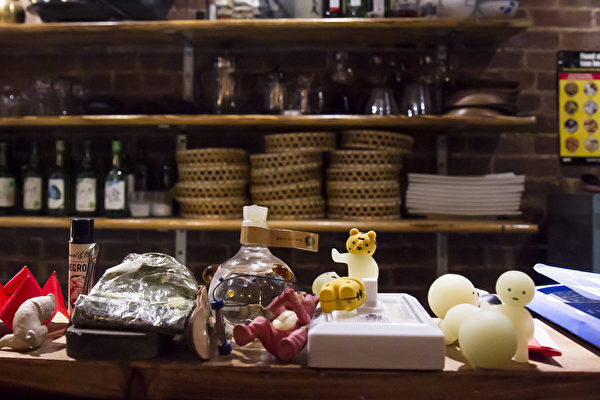
The little decorations in the store. (Annie Wu/EpochTimes)
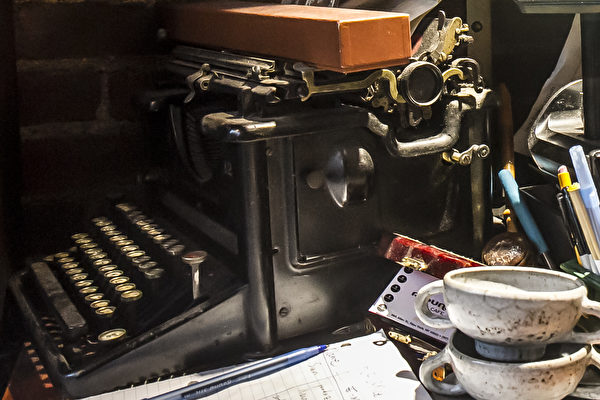
An old typewriter. (Annie Wu:EpochTimes)
In the 1950-1960s, these cafes were very popular among the younger generation in South Korea, but in 1996, when the elected president of South Korea was eager to erase traces and memories of Japanese colonization, many of the old buildings where the cafes were located were demolished. But Byeon still wants to do his best to preserve the coffee culture of that period. "We have to know what happened in history, and to really remember, we have to see the real things of history and culture," he said. "
The custard cappuccino on the menu comes from a recipe that adds yolk to coffee to add more egg whites. Looking at the drink, it's hard to notice the difference from the standard cappuccino. Byeon pours the egg yolk into the espresso before pouring it into the milk. The temperature of the yolk is crucial because it must be low enough to not be cooked in coffee. Byeon uses professional techniques to add a smooth and bubbly texture to the coffee and make it taste better.
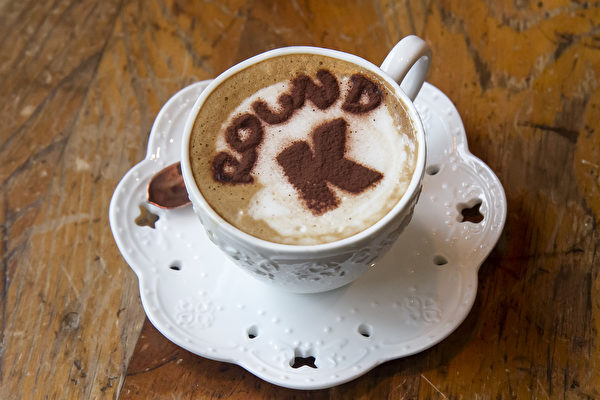
Custard cappuccino. (Annie Wu/EpochTimes)
Byeon also has his own invention, because he wants to make a real "black coffee" by mixing coconut ash, coconut milk, almond paste and cocoa powder to pour out a cup of pure black iced coffee, which is his own unique idea based on Italian iced coffee (shakerato). According to Byeon, coconut ash can clean teeth, so you don't have to worry about blackening your teeth.
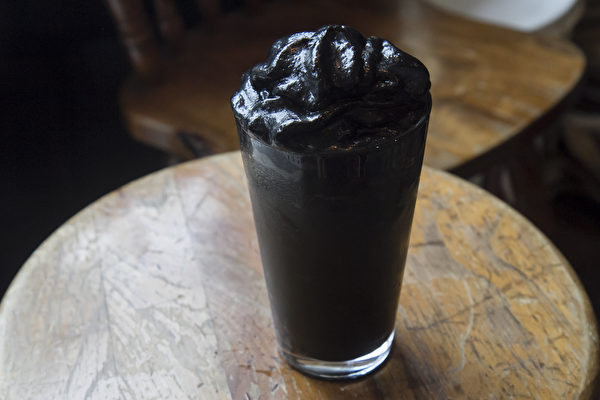
The real "black coffee". (Annie Wu/EpochTimes)
Another inspiration comes from the invention of mustard pea snacks, the mustard latte, which mixes the foamed homemade mustard syrup into milk and then pours it into espresso. But unlike most mustard-flavored foods, lattes don't have a choking spicy taste, just a mild spicy feeling.
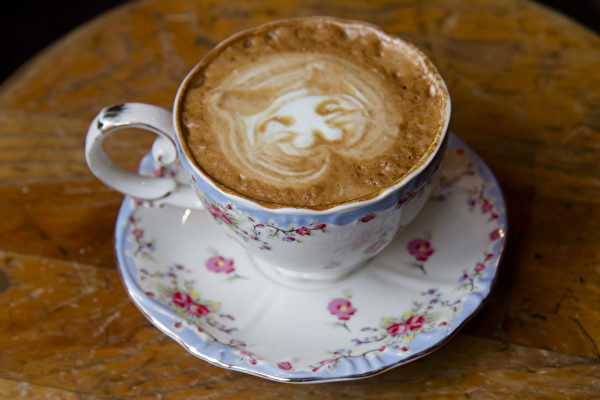
Mustard latte. (Annie Wu/EpochTimes)
Cafes also serve breakfast meals, and it is worth mentioning that American scrambled eggs are steamed with hot steam from an espresso machine. The eggs are extremely soft, just like the steamed eggs you eat in ordinary Korean restaurants, but with more texture.
What are you waiting for? Looking for old Korea in a modern cup of coffee and steamed egg breakfast on the Lower East side of New York.
Round K Cafe
Address: 99 Allen St, New York, NY 10002
Tel: 917475-1423
Web site: www.roundk.com
Important Notice :
前街咖啡 FrontStreet Coffee has moved to new addredd:
FrontStreet Coffee Address: 315,Donghua East Road,GuangZhou
Tel:020 38364473
- Prev
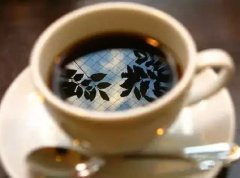
There are reasons for the poor quality of coffee shop products, and the profit of bundling terms is the main culprit (part two)
Professional barista Communication Please follow the coffee workshop (official Wechat account cafe_style). It sounds like buying a TV without adjusting the color. The agent warns that if the button is pressed improperly, it will break down if it is light, and if it is heavy, there will be an electric leakage fire. Well, it is the seller's responsibility to ensure that the customer understands that it is the seller's responsibility to operate. How can we put the cart before the horse and not even touch the quality setting? But also to maintain this internal affairs.
- Next
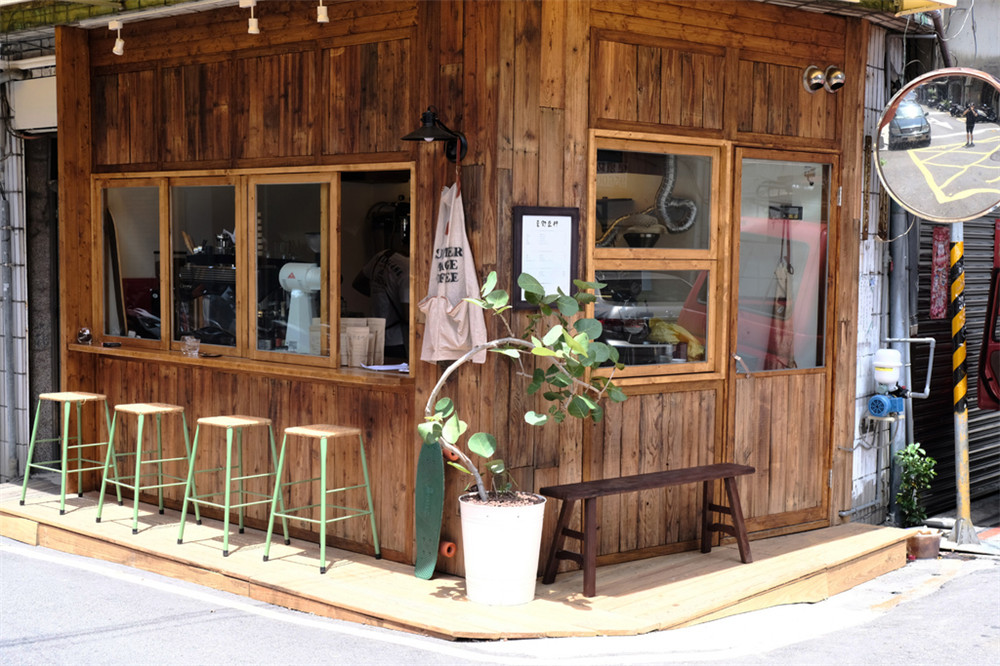
How about opening a small and beautiful coffee takeout shop on your own?
Professional baristas follow the coffee workshop (official Wechat account cafe_style) this summer, like a trend of coffee take-away cups, everyone is no longer just hand-shaking tea. Walking in the street, you can always inadvertently come across a lovely window shop offering coffee takeout at the corner. If you are like them, you have a Xiaoqing
Related
- What documents do you need to go through to open a coffee shop? coffee shop coffee shop certificate processing process
- How to purchase Coffee beans in small Cafe how to choose a suitable supplier for domestic Coffee supply Company
- How to drink Starbucks Fragrance White Coffee? how to make Australian White Coffee? what Italian coffee beans are recommended?
- The Story of Flora Coffee: the name of Flora Coffee Bean and the implication of the Flowers on Florna Coffee
- How much does a cup of coffee cost? How much is the profit of a cup of coffee? What is the profit of the coffee shop in a year?
- Yunnan small Coffee, known as "fragrant Coffee", introduces the characteristics of Alpine Arabica Coffee producing areas in Yunnan, China
- 2023 latest Starbucks full menu price list how much is a cup of Starbucks coffee what is better to drink the most popular hot and cold drinks recommended
- Starbucks different kinds of Coffee Price list Starbucks menu 2023 Top Ten Best drinks in Starbucks
- Starbucks Spring praise Comprehensive matching Coffee Bean theme Story Packaging implication and taste description
- The cost of a cup of coffee latte American coffee cost price and selling price

